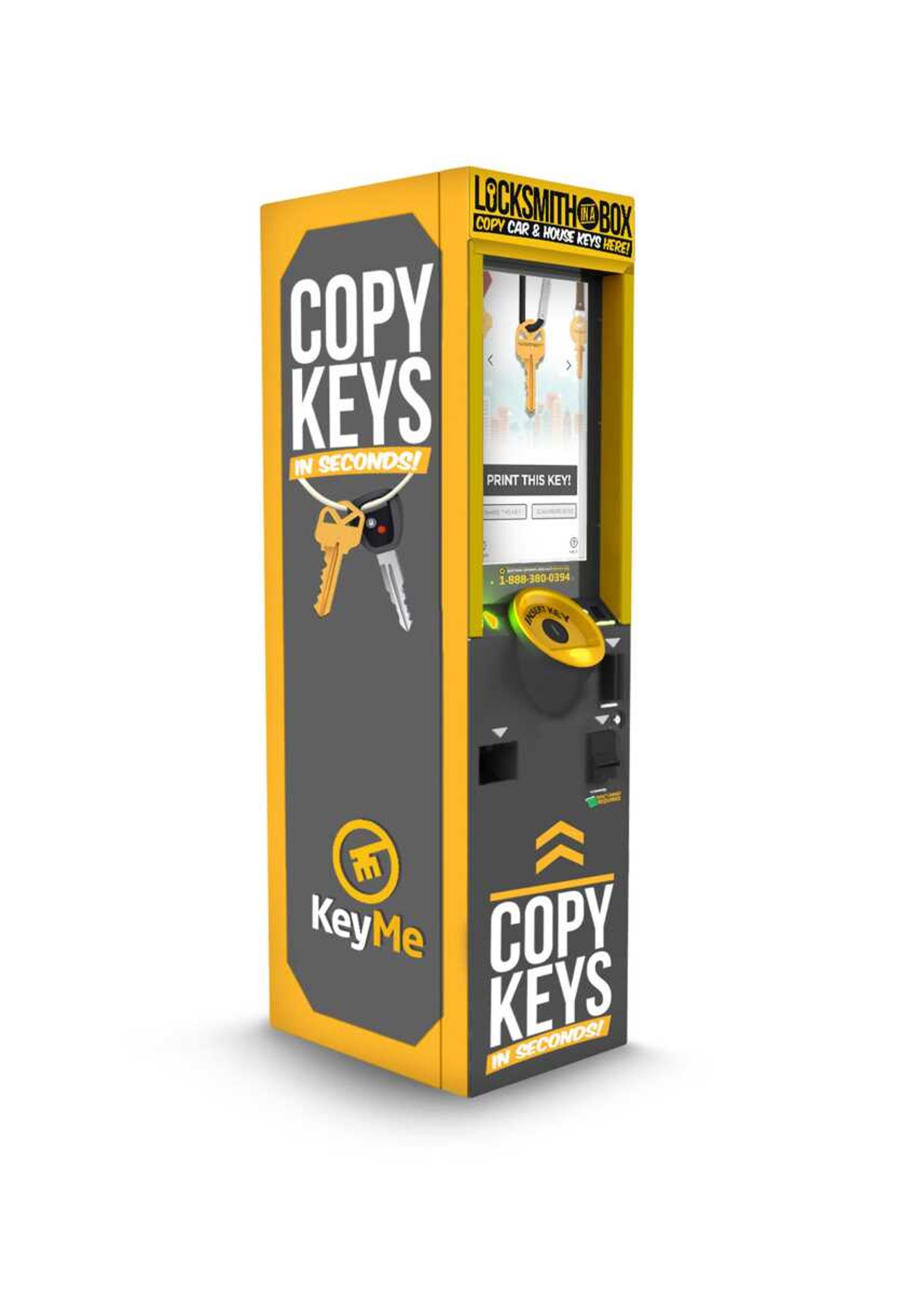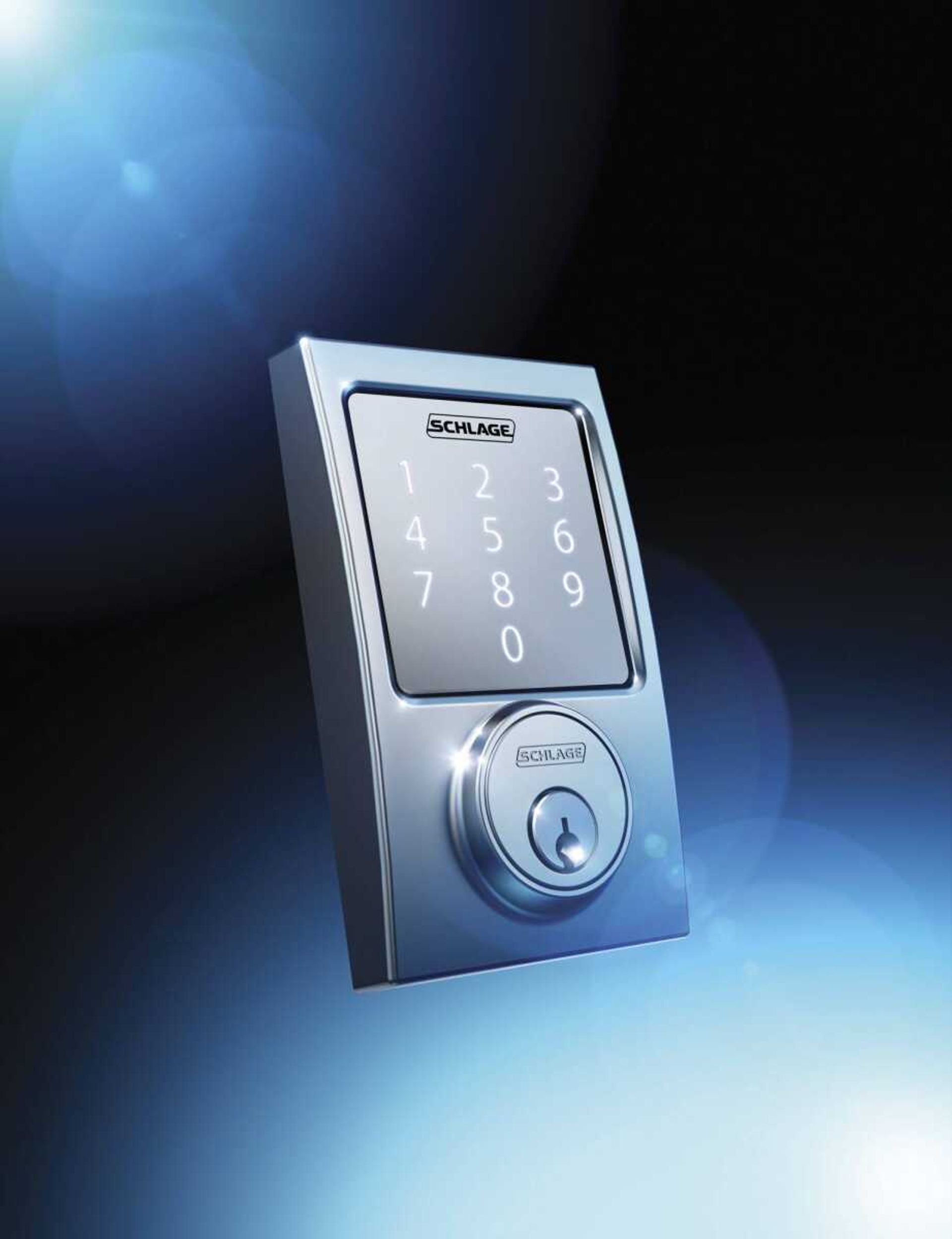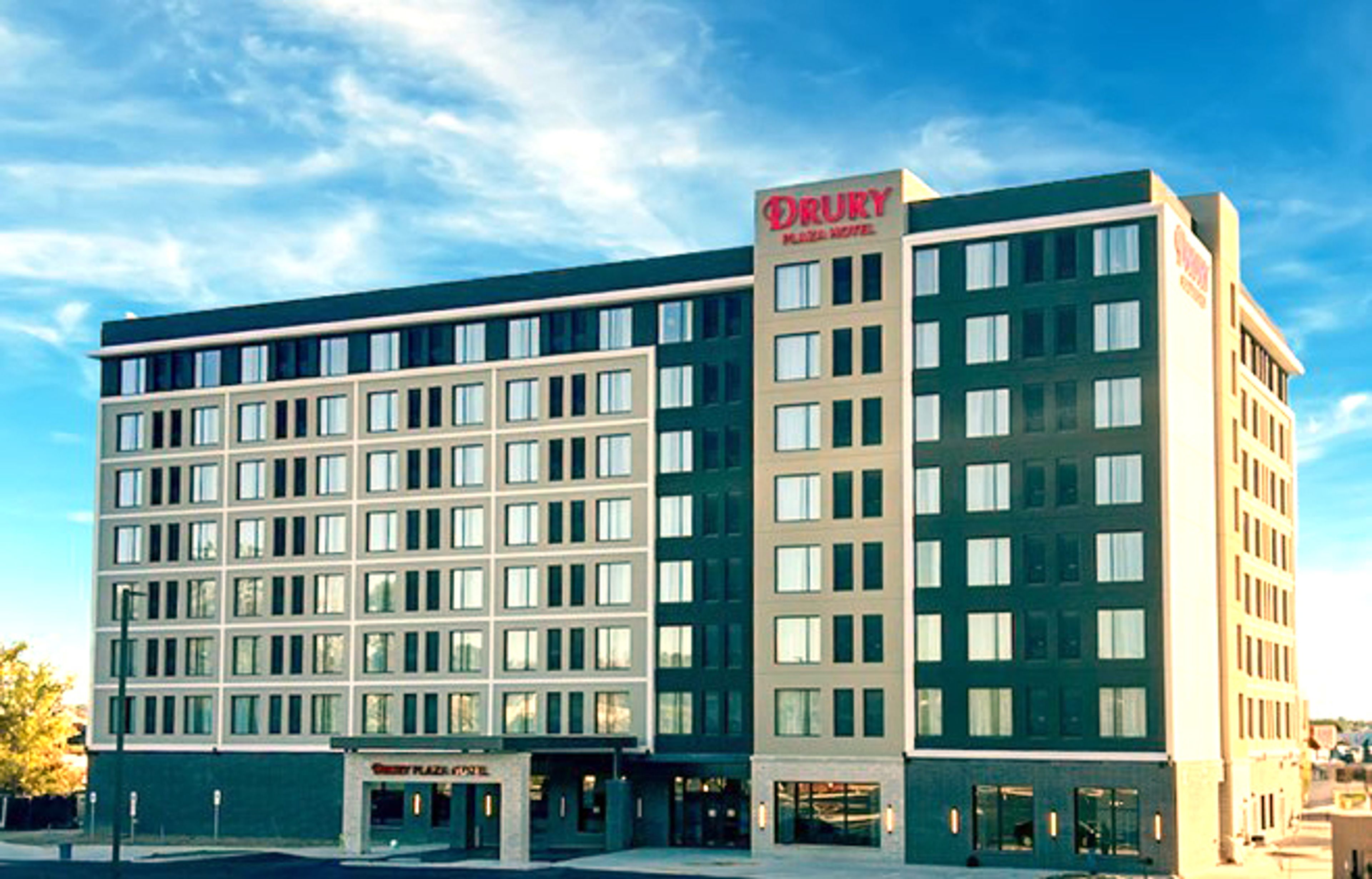Goodbye, keys: 'Smart locks' let you in without them
Associated Press When Christy and Joe Affrunti bought their Long Island, New York, house last year, one of their first projects was replacing the traditional front-door lock with one that opens using a pass code. They were tired of the hassle of "jiggling with a key."...
When Christy and Joe Affrunti bought their Long Island, New York, house last year, one of their first projects was replacing the traditional front-door lock with one that opens using a pass code. They were tired of the hassle of "jiggling with a key."

Now, when they need to give someone such as a repairman temporary access, they give a temporary code to get in. They share their permanent code with friends; those who arrive at the house before they do, for instance, can "come in and be comfortable instead of sitting in their car," Christy Affrunti says.
"And when we feel too many people have the code, we create a new one and start again," she says. "It's perfect."
High-tech door locks -- typically controlled by keypads, phone apps or even the swipe of a finger -- could be pushing house keys into oblivion after centuries of trusty service.
"For homeowners, being free from having to carry a key every time they go outside is a lot more liberating than you realize," says Christopher DeSchamp, of the lock company Schlage.

Many lock companies are ramping up their electronic-lock offerings in response to consumer interest.
"People are expecting connectivity and 24/7 accessibility," says Keith Brandon, Kwikset's director of residential access solutions. "Smart locks of whatever variety are becoming more what people are expecting and are interested in."
Michael Tierney, standards coordinator for the Builders Hardware Manufacturers Association, which certifies home products, says keyless locks are also safe. "Keyless locks have been in the marketplace for some time now -- stand-alone units for decades, and the connected products for more than 10 years -- and have been proven to be safe and reliable," he says.

But choose wisely. Tierney recommends buying only from manufacturers that follow industry standards for security. Protect any passwords connected to the devices, and change batteries as needed.
Schlage has a "kick" sensor that warns customers when someone is trying to break in, DeSchamp says.
Today's smart locks basically fit into three categories:
1. The most basic are opened by pushing a button or keypads. More sophisticated models allow homeowners to change codes or relegate them to particular users. Entry-level locks cost roughly $70 -- about twice as much as a traditional deadbolt.
2. Other keyless locks are operated by phones, either using push-button pads, an app or simply holding a connected phone near the lock. Although it looks like a traditional lock, Kwikset's Kevo is opened with a swipe of the finger.
3. Then there are locks that operate as part of larger "smart home" systems, from home-security systems to thermostats.
Offshoots of the smart-lock industry are cropping up as well. KeyMe, a New York-based company, operates kiosks around the country that let customers make copies of digital keys and store them in the cloud.
Which speaks to the fact that going keyless doesn't totally eliminate the possibility of getting locked out.
DeSchamp says his company offers call-in technical assistance to those who have "lost" their digital keys. Kwikset customers can manage them through the company's website, Brandon says.
And electronic locks are becoming common enough that many traditional locksmiths now know how to service them.
But when all else fails, there's still an old standby: Kwikset's Kevo can be opened with a key.
Connect with the Southeast Missourian Newsroom:
For corrections to this story or other insights for the editor, click here. To submit a letter to the editor, click here. To learn about the Southeast Missourian’s AI Policy, click here.






